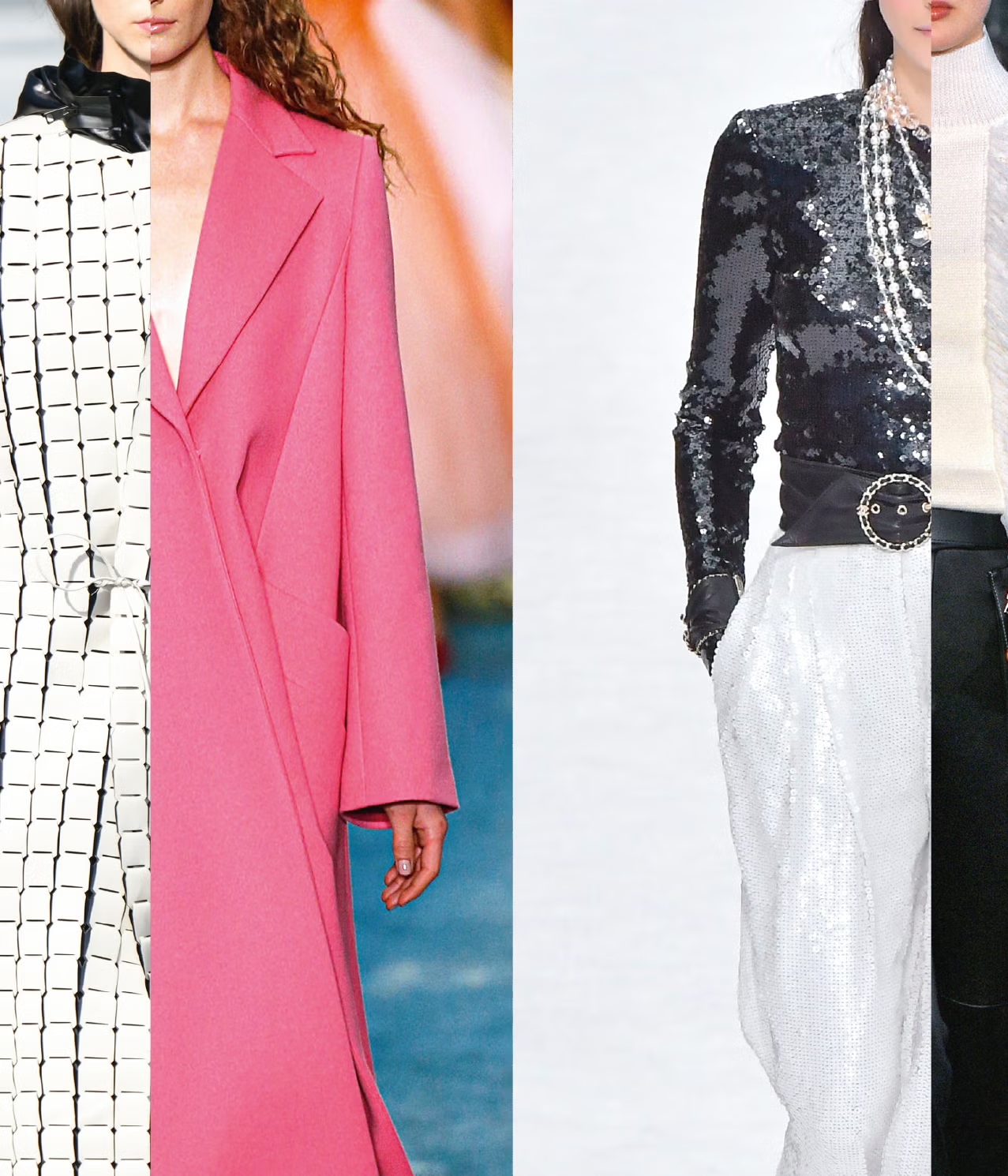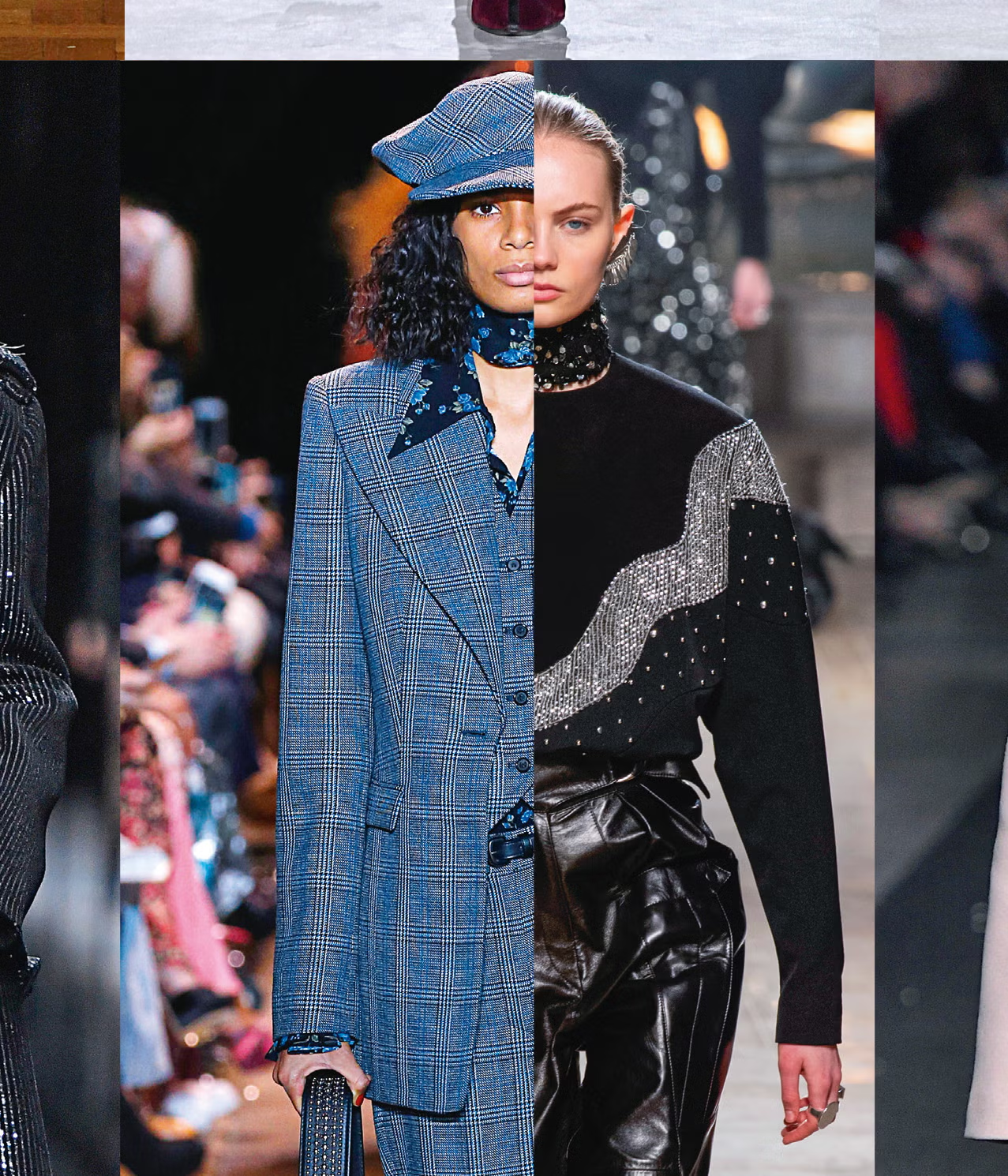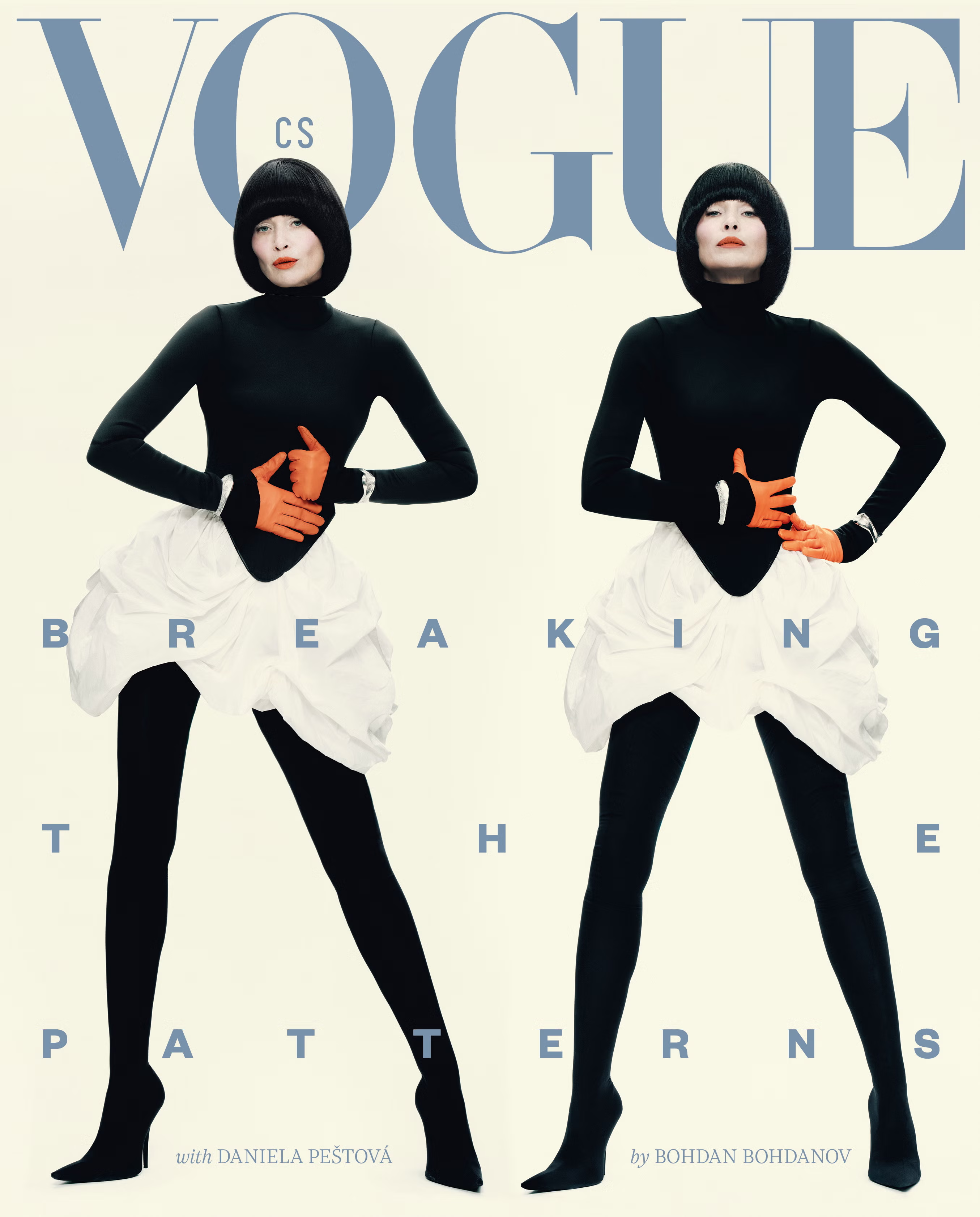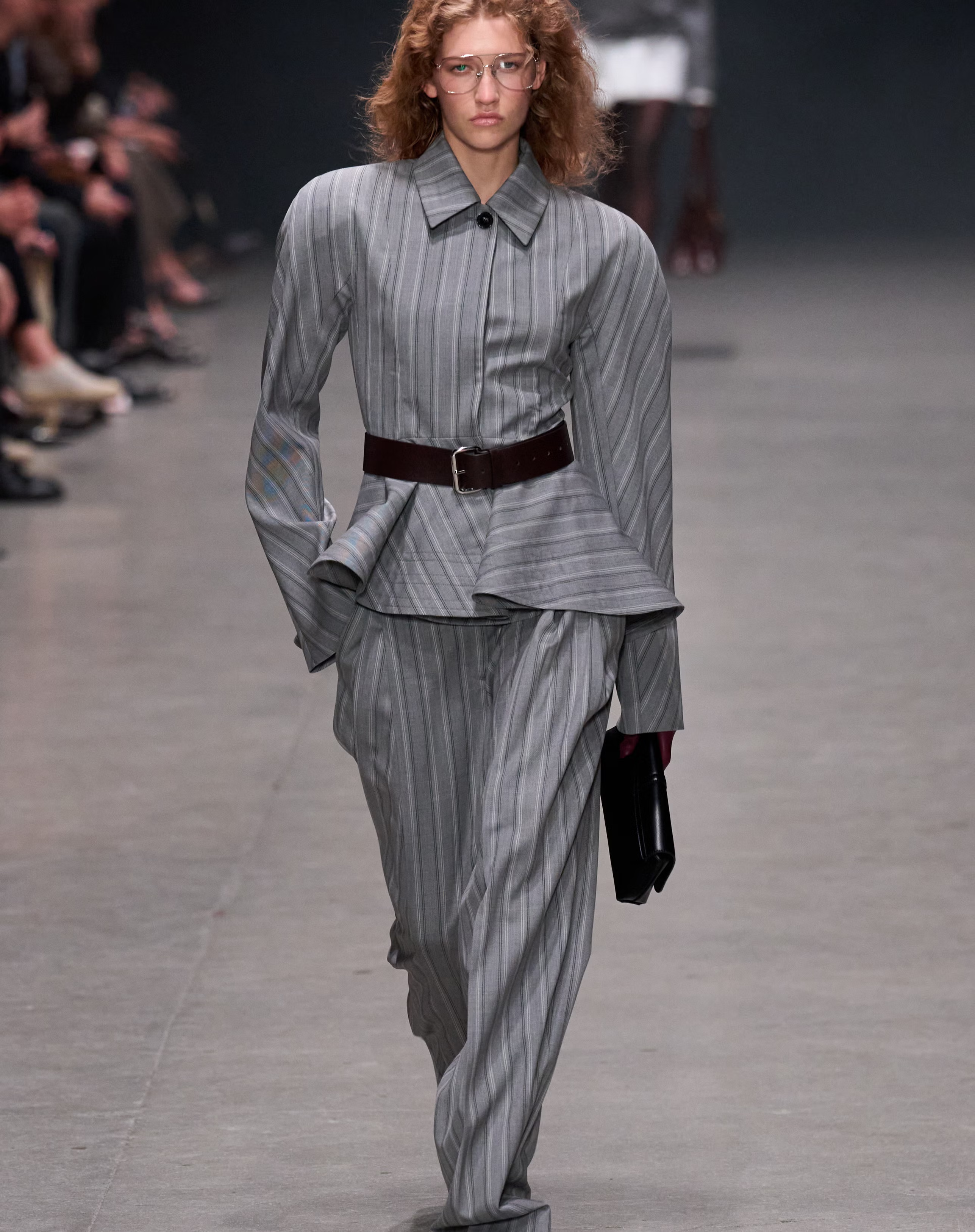Vogue CS in English


Fashion’s Winds of Change
Jessica Michault26. 8. 2019
The saying goes, “change is the only constant in life” and that truism is the foundation on which the fashion industry has been built on for generations. But today that bedrock looks to be cracking.

Foto: Getty Images
For years, season after season, there have been new trends, styles, options and alternatives proposed by brands across the globe for consumers to incorporate into their wardrobe if they want to stay relevant and fashionably on-point. It is an endless barrage of new “must have” accessories, key brand identifiable garments and “it bags” galore. And then, six months later, it is onto the next thing and the cycle begins all over again.
Now, however, that premise is being fundamentally transformed. The concept of change in fashion has gone even deeper. Into the heart of how the industry itself functions and it is rupturing, from the roots up, how things are done.
This seismic shift is happening for a number of reasons but at its center is the arrival of millennials into their prime spending years. By 2025, when it is predicted that the global luxury market will top €1.3 trillion euros, those millennials are expected to make up 50% of the total market, according to Forbes. Put another way, 130% of the growth in the luxury market over the next 7 years will be thanks to millennials.

Foto: Getty Images
And those millennials, whose youth and young adulthood was shaped by the global financial crisis brought on by the collapse of the housing market in the United States, don’t perceive luxury in the same way as their predecessors. They are less impulsive luxury shoppers. Instead they want to invest in items that not only fill their base function but are also associated with some sort of experience or moment in time. These are souvenir purchases that can be linked to something more profound and that represent them as individuals. Not a sartorial sheep that would be foolish enough to follow a trend that will be passé in just a few short months.
This is one reason why luxury brand collaborations have become such a hot commodity. The idea of two creative entities coming together to use their respective talents to create innovative products that incorporate the best each of them has to offer is what millennial and Gen Z consumers want. This new drop culture, where products have both a great origin and are perceived to be scarce in quantity, tap into this idea of individuality while at the same time give consumers a way to show that they have their finger on the pulse of the fashion zeitgeist. They also just happen to be great ways for brands to keep their names on the lips and in the minds of fashion lovers who are now constantly bombarded by product offerings across the digital media landscape.
Along those same lines, the stigma against buying second-hand luxury items has faded, especially if it’s a purchase of a limited edition luxury collaboration. A recent study by Boston Consulting Group and Altagamma, showed that 50% of millennials take into account the resale value of their luxury purchases and don’t have hang-ups about buying pre-owned or vintage pieces. This resurgence of vintage and dead stock shopping also points to the desire from consumers to shun any perceived trends in favor of garments that have a moving history or a feel-good message woven into the purchase.
But it’s not the only reason why buying pieces from the past has become so prevalent.
The global climate crisis is front of mind for both millennials and Gen X shoppers and it’s also having an impact on Baby Boomers as well. A study done by Pintrest earlier this year showed a 49% uptick in its users looking to discover sustainable fashion brands. This grass roots groundswell demand that luxury brands be more sustainable and socially responsible in the way they do business has become non-negotiable for many consumers. Be that transparency in the supply chain, a commitment to fair trade, the exploration of upcycling fabric or dead stock, investing in more efficient and eco-friendly machinery or lowering their carbon footprint. Luxury shoppers are now using their purchasing power to force the fashion industry to take steps to change the way they do business. And in doing so, they are helping the industry as a whole so that there might actually still be a possibility to do business in the future.
Sustainable shopping is a way for consumers to show the world their values via their vêtements. By putting their money where their beliefs are, they underline the fact that they have put time and effort into their conscientious luxury purchase. These are purchases that they can also feel good about on a moral level since what they buy can be more eco-friendly, as well as, socially responsible. This is not to say that they don’t expect the best in terms of quality and craftsmanship from their favorite luxury brands. It’s just that now they also require that those covetable pieces also come with a conscience.

Foto: Getty Images
Just as fashion trends are no longer de rigueur so to are the seasons themselves. While Fashion Weeks are still identified by seasons, the collections presented don’t really seem to take them into consideration anymore. With global warming an undeniable fact, shopping habits have irrevocably changed with them. Buying for a cold winter or a mild spring that may never come now seems foolhardy and wasteful. Forward thinking brands are spending their energy on creating capsule collections that land in stores just at the moment shoppers need them (if they have timed it right).
This is the case for the Mr. P collection produced by the e-commerce website Mr. Porter. About every two months, a new selection of Mr. P menswear goes up for sale on the site. These garments are made from evergreen designs in staple silhouettes and it’s just the type or weight of the fabric that changes in a subtle nod to the season. The old school way of product delivery, in terms of the timing of when a runway collection arrives in stores, no longer works. More often than not, a good portion of that stock only really begins to move once the sales season has started, as that is when the clothing actually lines up with the weather outside. And as more and more shoppers spend their hard-earned cash on worldwide luxury travel, because for millennials and Gen Zers its more about the Instagramable experiences rather than the luxury products, there is almost as much of a need for swimsuits in December or sweaters in July as there is during their traditional selling seasons.
As the luxury world constructs a new foundation built on sustainability, responsibility, individuality and authenticity there is one final factor that will play a major role in its future - and that is the global peer-to-peer connections that are being made thanks to social media.
Today brands or celebrities do not hold absolute sway over millennial and Gen Z consumers. These are generations that have grown up skeptical. They question what corporations tell them and wonder what hidden agenda a star might have promoting a particular label. They want transparency above all and prefer to trust real people that they feel they can relate to and follow on social media. It is when those peers, who they have engaged with and watch grow into influencers, suggest a product or tell them about a brand, that they will truly take an interest. This is one reason why micro and nano influencers are becoming a center of interest for luxury brands. When those peer influencers are up-front about their partnerships, and what they are promoting comes from an authentic place that also aligns with a brand’s values, is when sales will really go through the roof.
The good news is that these shifts in how consumers shop look to be happening on a tectonic level. Gen Zers are even more motivated by sustainable shopping then millennials. A fact that will organically promote the second-hand fashion market. They also tend to buy collaborations (67% more according to Forbes), so there is even more incentive for brands to produce smaller and more targeted productions. This will in turn help reduce over-production of stock and eliminate waste.
It is clear that the fashion industry is going through a time of profound transformation. But what is heartening is that those changes all point to a brighter future. A future filled with a myriad of different fashion tribes and individuals determined to make the world a better place, and look incredibly stylish while doing so.
Autor: Jessica Michault
Vogue



